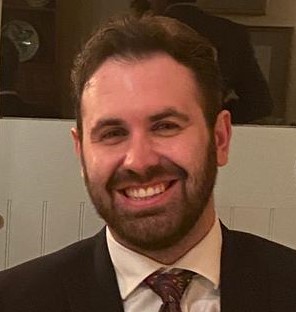This week a blog covering recent findings at a large UK GP practice group. Quotations have been taken from the original article and do not necessarily represent the views of myHSN.
What?
A BBC Panorama undercover investigation into Operose Health GP practices has reported that patients are regularly being seen by ‘less qualified’ staff, and often ‘without adequate supervision’. Practice staff reported that in many cases, Physician Associates (PAs) are hired as ‘cheaper’ alternatives to GPs.
Furthermore, the ratio of hired PAs is around 6 times higher than in the NHS nationally, and the GP to patient ratio also appears to be notably lower at around half. Together, the investigation has surmised that Operose Health are ‘putting profits […] money ahead of quality of care’ through their hiring and working practices.
Where does the truth lie?
Why?
Operose Health is a British company which owns a number of UK GP practices. GP practices are privately-owned, GP partner-led businesses that sell services to the NHS. Since 2007, larger businesses have also been able to buy GP practices and provide services to the NHS in the manner that GP partners have been traditionally able to.
Physician Associates (PAs) are medical professionals who have typically undergone a 3-year science degree, followed by a vocational 2-year masters level degree. Currently in the UK, they may not prescribe medication, nor can they order radiological investigations (e.g. X-rays). This is pending regulation, something that many PAs in the UK are lobbying the government for. PAs can be deployed in GP or hospital settings and may remain in a post for an extended period of time.
This has benefits for continuity of care and allows the post holder to develop specialist knowledge in a certain area of practice. They may also move into different specialties whilst retaining a level of seniority, which is seen as a major advantage of becoming a PA.
One piece of research has demonstrated that in certain same-day patients, PAs achieve similar outcomes to GPs in terms of patient satisfaction and clinical outcomes, and can be more cost-effective. It should be noted that in this study, PAs saw a different patient mix to GPs, comprising less complex patients.
However, PAs must be supervised by a fully-qualified GP who is available to help with clinical queries. This GP does not need to be in the same room as the PA, nor does a particularly well-experienced PA have to run every single patient by the GP. In the case of Operose Health however, a GP was only in the same building some of the time, and this is where the issue becomes clinically murky.
The FPARCP (Faculty of Physician Associates at The Royal College of Physicians) is insistent that a GP should be available at all times to a practising PA, regardless of seniority. By not having this system in place, Operose Health may have been compromising the quality of care delivered to its patients.
How (does it affect you)?
The employment of PAs and other mid-level health professionals (such as Advanced Care Practitioners, ACPs) can enable dramatic improvements in waiting times to see a GP. The working assumption is that complex patients can be triaged to GPs, and less complex patients or routine follow-ups can be seen by PAs. This theoretically frees up GP time and in turn allows all patients, complex or not, to receive care at a GP level quicker than before.
At a minimum, PAs tend to receive 2 years of clinical training (usually following a non-healthcare focused 3-year degree). This contrasts with a GP who will usually undergo a minimum of 10 years clinical training. Therefore a potential scenario arises where non-doctor professionals are exposed to clinical situations that are beyond the scope of their ideal independent practice. This creates a potentially unsafe environment for patients.
At Operose Health, there are also questions around patient letters from hospitals not being actioned within a six-month period, meaning that critical health information may be missed, and patient care affected. This, and the question of under- or unsupervised non-doctor clinicians, should prompt patients to decide whether GP practices that fall within this category are right for them.
On the other hand, in a time of dwindling GP recruitment and numbers, PAs are often a safe and effective resource in primary care, enabling more face-to-face contact with patients, and quicker turnaround times. Nurses in GP surgeries and A&Es are commonplace and have been for many years, and supplement doctors in a similar fashion.
But it is important that patients feel safe when under the care of whoever they see at their general practice. Patients should feel empowered to raise questions about inadequate supervision, safe in the knowledge that all clinicians will escalate the concern appropriately, in a timely fashion.
Check out our top tip for a breakdown of who’s who at your GP surgery.
As always, best wishes from myHSN!


